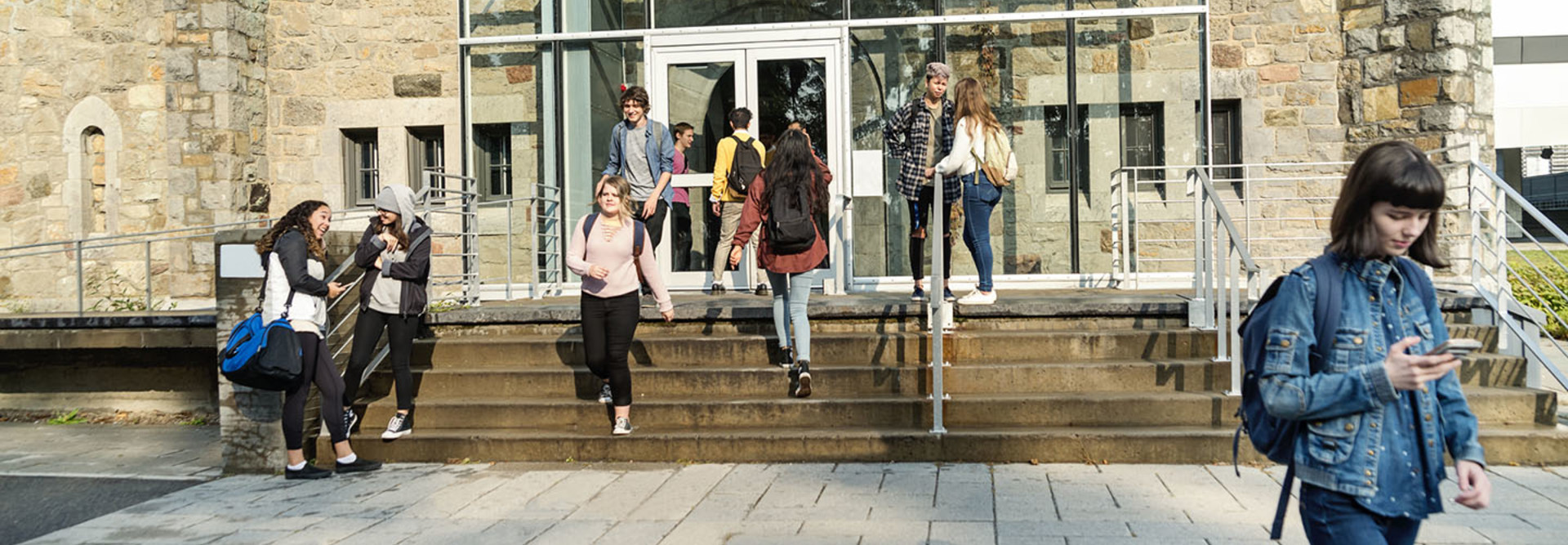See the Big Picture, but Keep an Eye on the Small Moments
When higher education leaders seek to reimagine the campus experience, they often start with the big picture. It makes sense: Identify desired outcomes and develop a high-level strategy to achieve them. Yet when we focus too closely on the big picture, it’s easy to forget that our constituents experience campus technologies one interaction at a time.
The University of Alabama at Birmingham, whose CIO, Curtis Carver, appears in our “IT Trends to Watch in 2020” feature, calls these discrete interactions “digital moments.” UAB deems these so important to the user experience it has solicited suggestions from the campus community about digital moments that will drive the next three-year IT strategic plan.
Small Steps in Tech, Big Effects on Learning
You might call this a reversal of the familiar idiom: We shouldn’t miss the trees because we’re so busy looking at the forest. We need both perspectives to truly improve the user experience at our institutions. We absolutely must have a clear end goal in mind, but we need to recognize the individual milestones that will get us there.
Often, these increments can be incredibly valuable in informing our end goals. Paying attention to them can ensure that we’re solving the right problems and prioritizing the improvements our communities care about.
This sensibility echoes the way that we experience all technology. The rapid expansion of virtual reality in the classroom, for example, is taking place one learner at a time. From the outside, the shift seems huge and dramatic (and it arguably is), but in practice, VR’s ascendance is led by individual instructors willing to figure out new ways to advance this pioneering tool.
Colleges that partner with their communities to solve social, health and economic challenges also make a difference on both levels. Consider institutions using telepresence solutions to fill gaps in healthcare education and addiction treatment. To me, this speaks to the ideal balance: big-picture thinking applied to individual experience.
A single community college may not be able to fix the entire opioid crisis plaguing its region, but it can do something. The same is true for most IT initiatives: They are efforts that can make a meaningful difference — one person, one moment, at a time.









